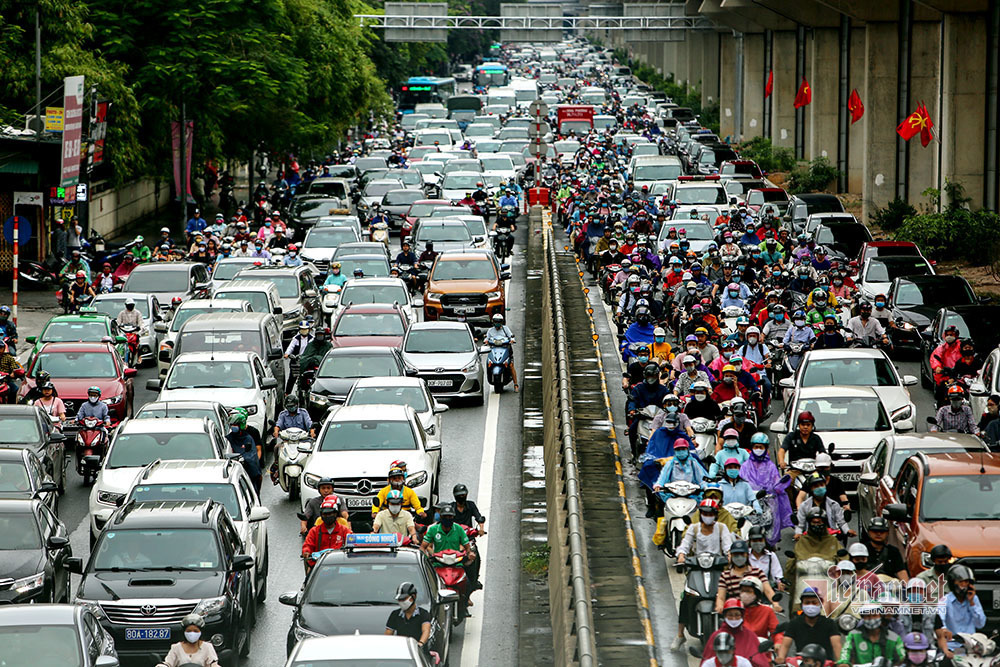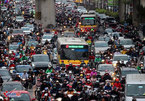 |
Motorbikes to be banned, cars to pay toll
According to the Hanoi Department of Transport, the current number of registered vehicles in the capital city is 6.4 million, including 0.6 million cars and 5.6 million motorbikes.
Under the master plan on personal vehicle management, which was approved by the Hanoi People’s Council in 2017, Hanoi will ban motorcycles in central districts by 2030. As the annual growth rate of cars in Hanoi is currently higher than motorbikes, at 10.2%, it is also necessary to collect toll from cars that enter the city center to ease traffic jams in the downtown areas.
As part of the master plan on personal vehicle management, the Hanoi Department of Transport has assigned a consultant firm to develop the plan to collect toll from cars entering the city hub.
The consultant has proposed 87 locations for installing toll booths, which are mainly at the gateways and on ring roads that are considered the border line between the suburbs and inner city.
The time to collect tolls will be from 5 am to 9pm. The tolls will be higher during the rush hour.
When will this plan is implemented?
Collecting tolls from private vehicles entering downtown areas has been applied by many countries as a measure to reduce traffic jams and it will be used by Vietnam.
In Hanoi, this plan will be carried out in three phases.
In phase 1, from 2021 to 2025, the Hanoi Department of Transport and its consultants will research and complete the plan. In phase 2, from 2025 to 2030, some toll stations will be put into operation on a trial basis. After learning experience from the trial phases, the plan will be fully implemented.
Traffic experts said that collecting toll from cars entering the downtown areas is a solution for traffic congestion and environmental pollution in Hanoi's inner areas. For the success of this plan, they recommended applying technology solutions in traffic management and administration, such as monitoring vehicles entering and leaving downtown areas by cameras and using automatic toll booths to avoid traffic jams at toll stations.
In addition, they suggested building parking lots at ring roads and developing a convenient public transportation network to serve suburban residents as they enter the city hub.
Vu Diep

Fighting traffic gridlocks: Hanoi needs more than one hero
In July, the Center for Environment and Development of the University of Oslo, Norway organized a webinar entitled “Sustainable urban transport in Vietnam: Transition, challenges and future prospects”.